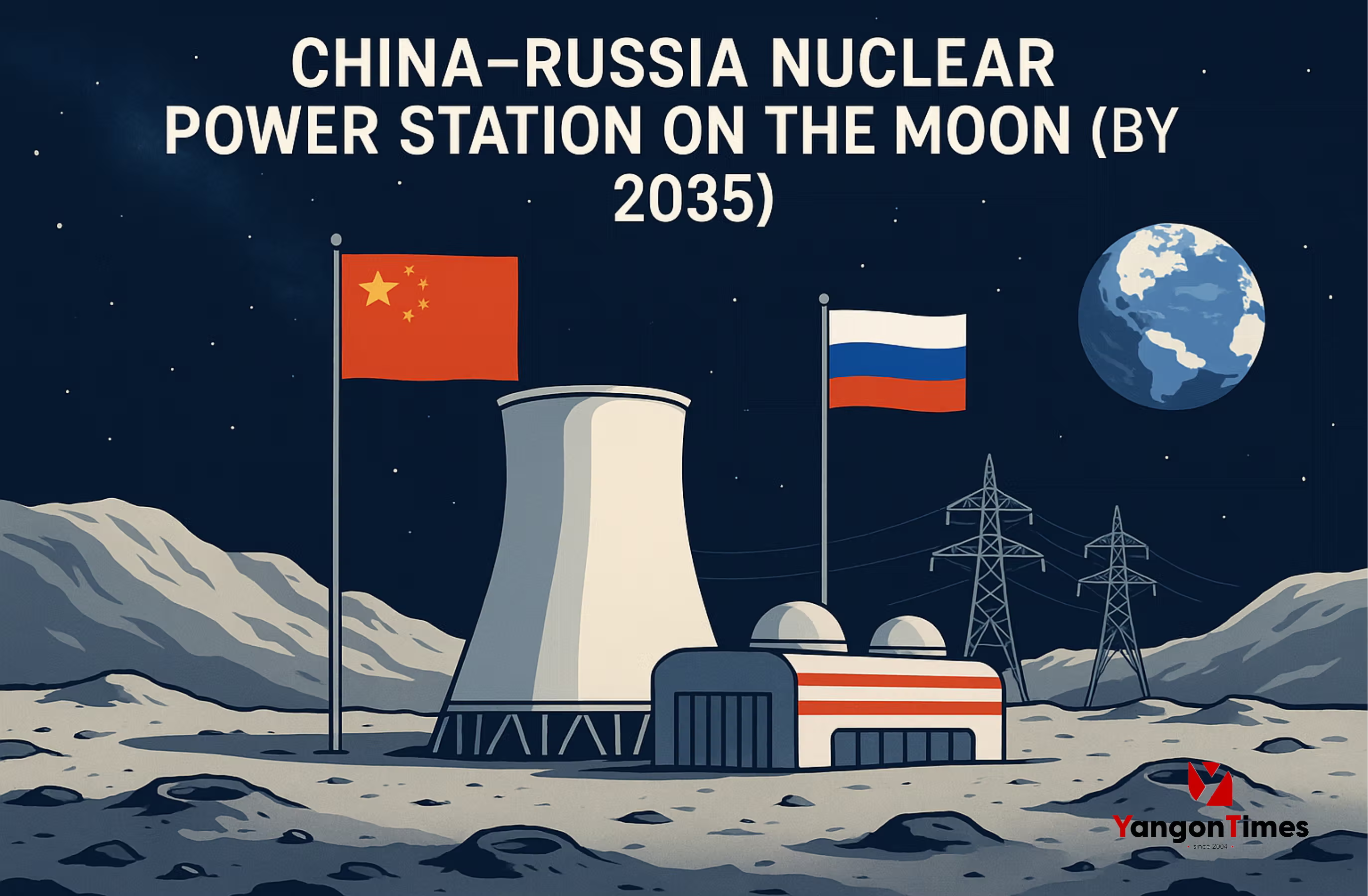Beijing/Moscow – 17 May 2025
China and Russia have announced a joint plan to construct a nuclear power plant on the Moon by 2035, as part of their long-term cooperation in space exploration and lunar colonization.
The project will be a key element of the International Lunar Research Station (ILRS), a China-led initiative aiming to establish a sustainable, long-term scientific base on the Moon’s surface, likely near the lunar South Pole. Both countries plan to use robotic and automated systems to build the power plant without human presence on-site.
🔋 Why Nuclear Power?
Unlike solar energy, which is limited by the Moon’s 14-day-long nights, nuclear power offers a stable energy source crucial for long-term lunar missions. The power station is expected to supply energy for scientific equipment, communications, and potentially human habitats in the future.
🛰 Key Milestones
Target Year: 2035 for deployment
Construction: Fully automated, no human crew
Related Mission: China’s Chang’e-8 lunar mission in 2028 will lay groundwork for infrastructure
Technology: Based on compact nuclear fission reactors under development
🌍 Global Reactions and Strategic Implications
The plan has raised geopolitical concerns, especially among Western space agencies. While China and Russia claim the ILRS is for peaceful, scientific purposes, critics worry about the dual-use nature of space-based nuclear technology. The U.S. has already begun pursuing its own lunar nuclear projects under NASA’s Artemis program.
China has reportedly invited 17 countries to join the ILRS project, emphasizing international cooperation in contrast to the U.S.-led Artemis Accords.
Source: Global Media Outlets



